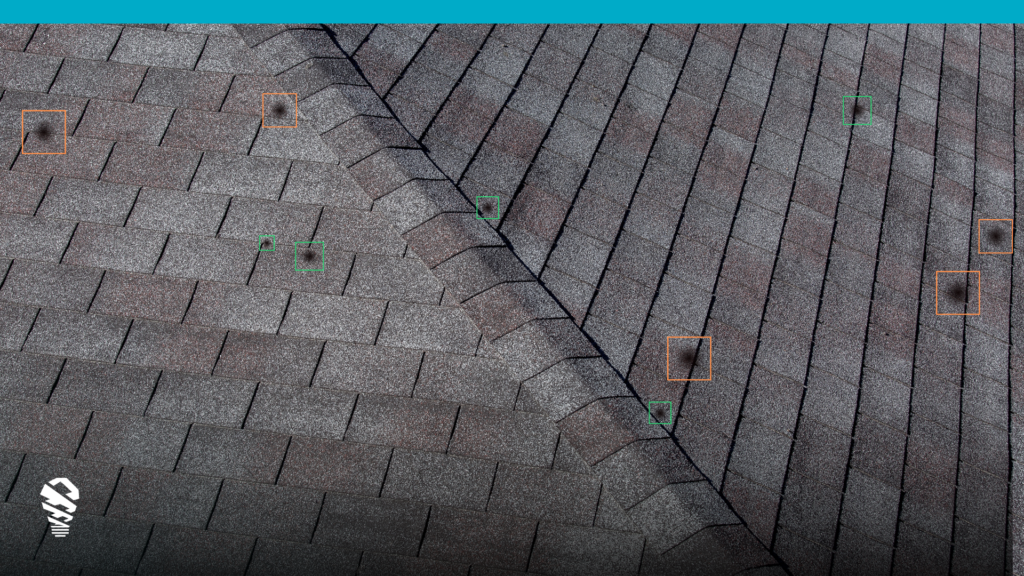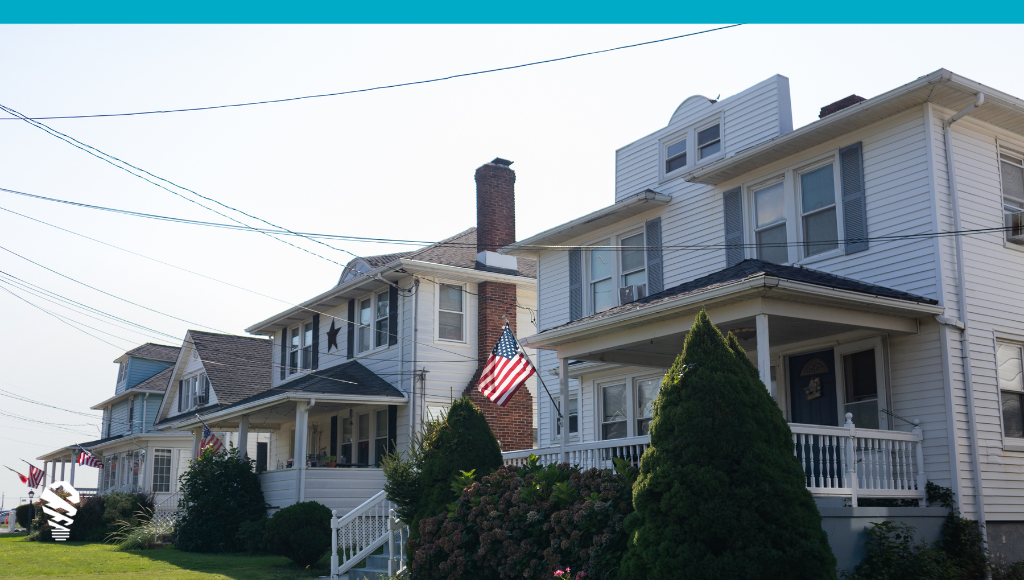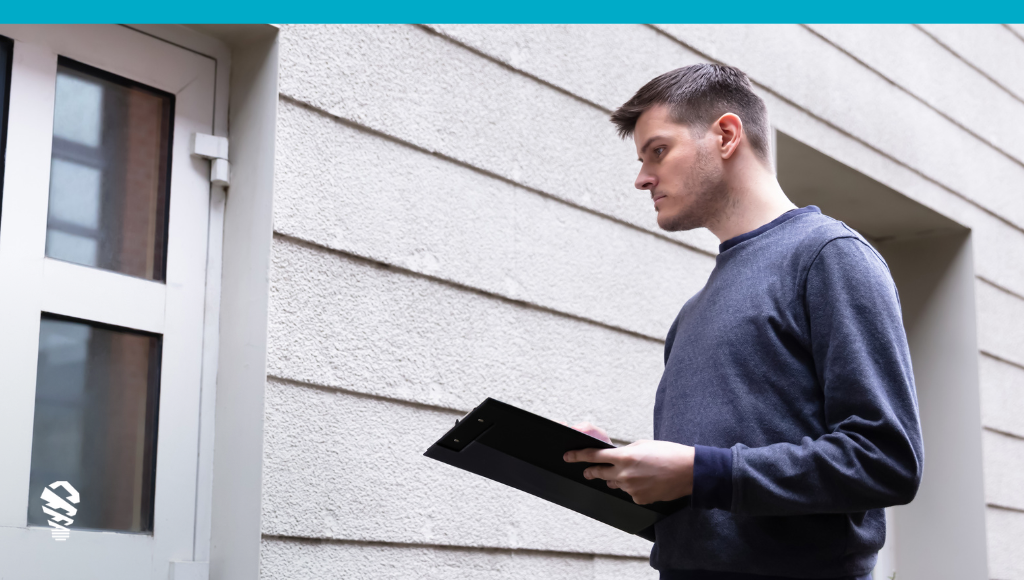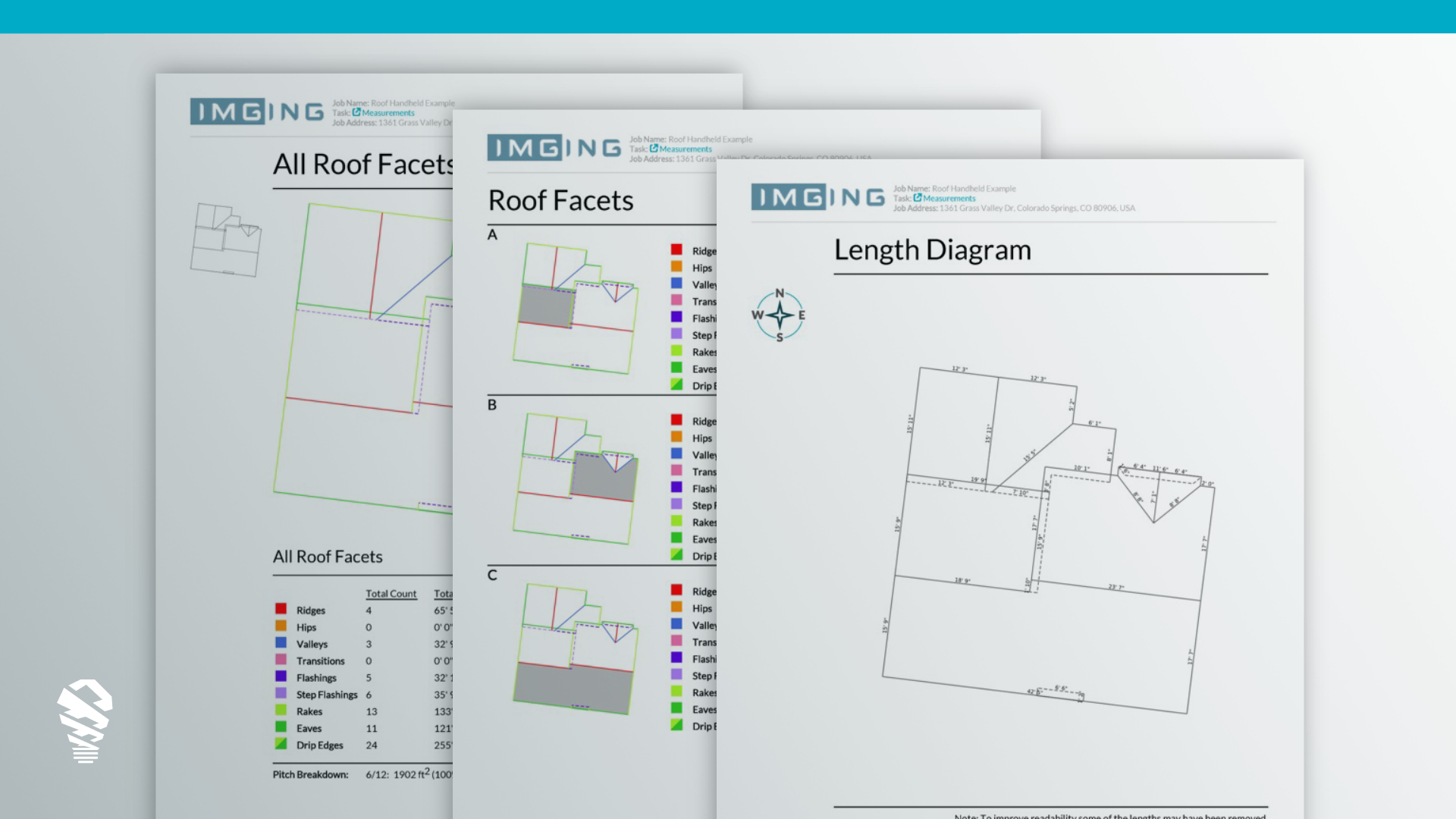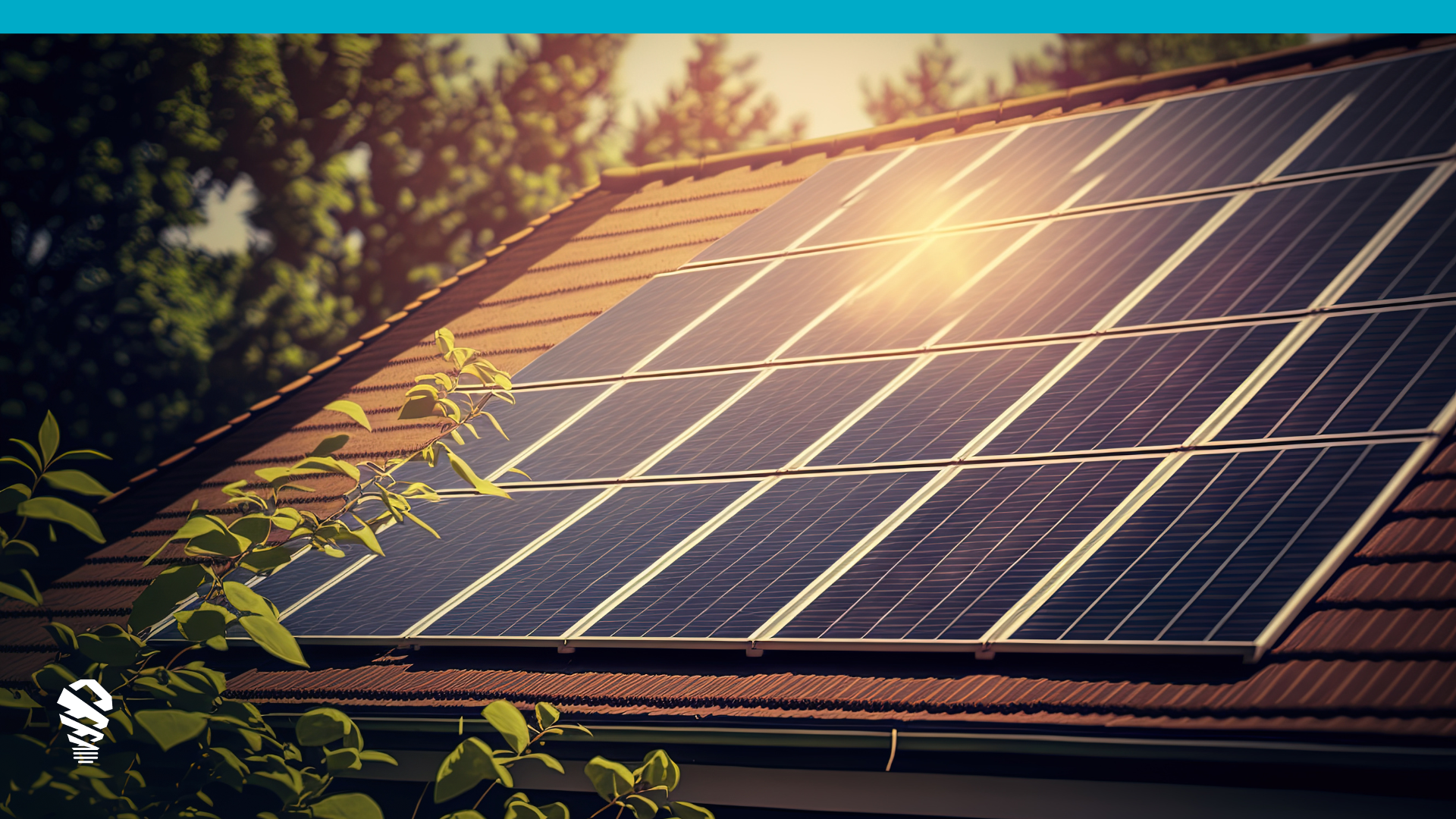The roofing industry is changing thanks to the power of Artificial Intelligence (AI). AI, an advanced technology that allows computers to process and analyze vast amounts of information rapidly, is redefining how roofers inspect and maintain rooftops. With tools like the IMGING Inspection Software, AI enables pinpoint accuracy in detecting issues, from subtle damages to missing shingles, that might elude the human eye. This isn’t just about detecting problems; it’s about converting them into actionable data. This information aids roofers in formulating precise repair strategies, ensuring roofs are more resilient and long-lasting. This blog delves deep into the nuances of how AI is revolutionizing the roofing industry, bringing efficiency, precision, and innovation to the forefront of roofing practices.
To tackle demands and amplify service, roofing companies are adopting cutting-edge technologies like artificial intelligence (AI) to give them better insight and to automate portions of their sales process. You’ve likely read about OpenAI’s ChatGPT in the news, but did you know IMGING inspection software has been using AI for roof damage detection since early 2018? By leveraging AI, they gain valuable insights and automate certain aspects of their sales process. One of the most prevalent applications of AI in the roofing industry is automated damage detection, which is integrated into specialized drone inspection software. ChatGPT and other large language models may change this, but so far the most common AI that roofers have used is automated damage detection baked into IMGING’s drone inspection software and mobile inspection app.
Automated damage detection harnesses the power of AI and deep learning algorithms to analyze imagery obtained during roof inspections. Its purpose is to identify and highlight specific types of damage, including hail hits, missing shingles, and other forms of roofing damage. It doesn’t replace your judgment and experience, but it helps you save time and makes it easier to settle disagreements over damage.
For a roofing estimator, a sales process that includes damage detection will typically look like this:
- Gathering Imagery: The first step in the sales process that incorporates automated damage detection is capturing detailed imagery of the roof. This can be done using a smart device or an automated drone equipped with advanced drone inspection software. By leveraging AI-powered technology, roofers can obtain high-resolution images of the entire roof surface, including hard-to-reach areas. This eliminates the need for manual inspection, reducing the risk of human error and ensuring a comprehensive evaluation of the roof’s condition.For example, consider a steep-pitched roof with multiple angles and sections. Accessing and inspecting such a roof manually can be challenging and time-consuming, and therefore expensive. However, with automated drone imagery, roofers can effortlessly capture a complete overview of the roof, including intricate details that might have been overlooked during a traditional inspection. This comprehensive visual data serves as the foundation for accurate damage detection and assessment.
- Image Analysis: Once the imagery is collected, it is transferred into a dedicated app where AI tools come into play. These advanced algorithms analyze the images and automatically detect and highlight areas of damage. This process is based on deep learning techniques, where the AI model has been trained on vast amounts of data to recognize common types of roof damage, such as hail hits, missing shingles, or signs of wear and tear.To illustrate the significance of automated image analysis, let’s consider a scenario where a roofer is inspecting a large commercial building with a vast roof area. Manual inspection alone would require extensive time and effort, making it prone to oversight or subjective judgment. However, with AI-powered image analysis, the software can swiftly scan the entire roof imagery, flagging areas of concern and ensuring a meticulous evaluation. This not only expedites the inspection process but also provides a more accurate and consistent assessment of the roof’s condition.
- Damage Review: After the AI-powered tools have highlighted the areas of damage, the roofing estimator conducts a thorough review of the identified issues within the dedicated app. This step involves cross-checking the highlighted damage points, examining the severity of the damage, and assessing the potential impact on the roof’s integrity. For instance, imagine a situation where the AI algorithms have detected multiple hail hits across the roof. The estimator can zoom in on each highlighted area to evaluate the extent of the damage and determine if any underlying structural issues may exist. By having a visual representation of the damage at their fingertips, roofers can accurately document and communicate the findings to property owners or insurance carriers, enabling them to make informed decisions regarding repairs or replacement.
- Prepare an Estimate: Equipped with the comprehensive 3D model of the roof, dynamic measurements, and the identified damage imagery, the estimator proceeds to prepare a detailed estimate. This estimate includes not only the cost of repairs or replacement but also visual evidence of the identified damage. The combination of accurate measurements and visual documentation empowers the estimator to provide a comprehensive and transparent assessment to property owners or insurance carriers.For example, suppose a homeowner wants to file an insurance claim due to storm damage. By utilizing AI-powered damage detection and integrating the findings into the estimate, the roofer can present a compelling case supported by visual evidence. The precise measurements and annotated imagery help insurance carriers gain a clearer understanding of the scope and severity of the damage, facilitating a smoother claims process.
- Review the Results: The final step in the sales process involves delivering a comprehensive package of information to the property owner or insurance carrier. This package includes the inspection report, cost breakdowns, and visual evidence of the identified damage. By providing a clear and detailed overview, roofers ensure transparency and enable informed decision-making.For instance, imagine a property owner reviewing the inspection report and estimate for a damaged roof. The report not only outlines the identified issues but also includes annotated imagery that highlights the specific areas of concern. This visual representation helps the property owner understand the extent of the damage and the urgency for repairs or replacement. With this information at hand, they can make informed choices about how to proceed, increasing their confidence in the roofing company’s expertise and recommendations.
In summary, incorporating automated damage detection into the roofing sales process brings numerous benefits and practical advantages. From capturing comprehensive roof imagery and automating the detection of damage, to providing accurate estimates and delivering transparent documentation, AI-powered technology revolutionizes the way roof inspections are conducted. The results are real. Not only are roofing companies saving time using automated damage detection, but many insurance carriers are using damage detection internally to settle roof damage claims. These advancements enhance efficiency, accuracy, and customer satisfaction, while also enabling a smoother collaboration between roofers, property owners, and insurance carriers. By embracing these transformative technologies, roofing companies can navigate the evolving landscape of the industry and stay ahead of the competition.
If you’d like to learn more about how damage detection can impact your win rates and amplify the experience for your customers, please reach out.

